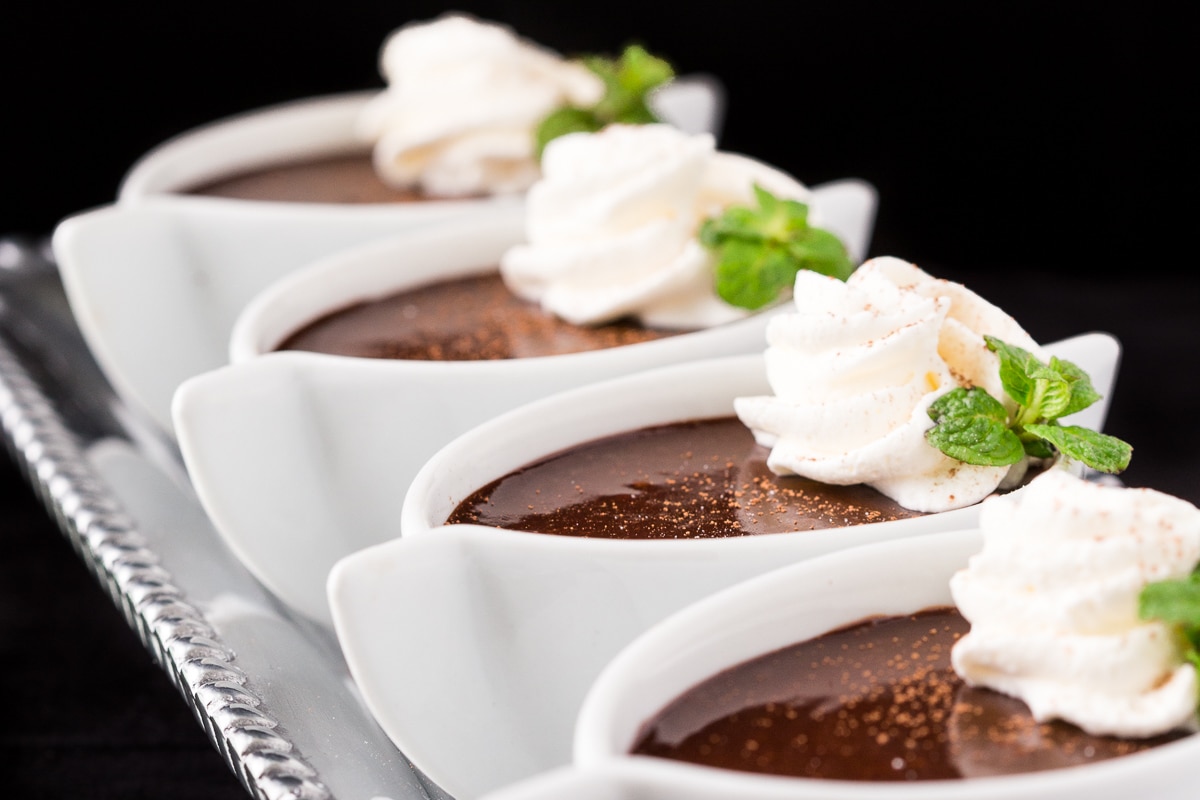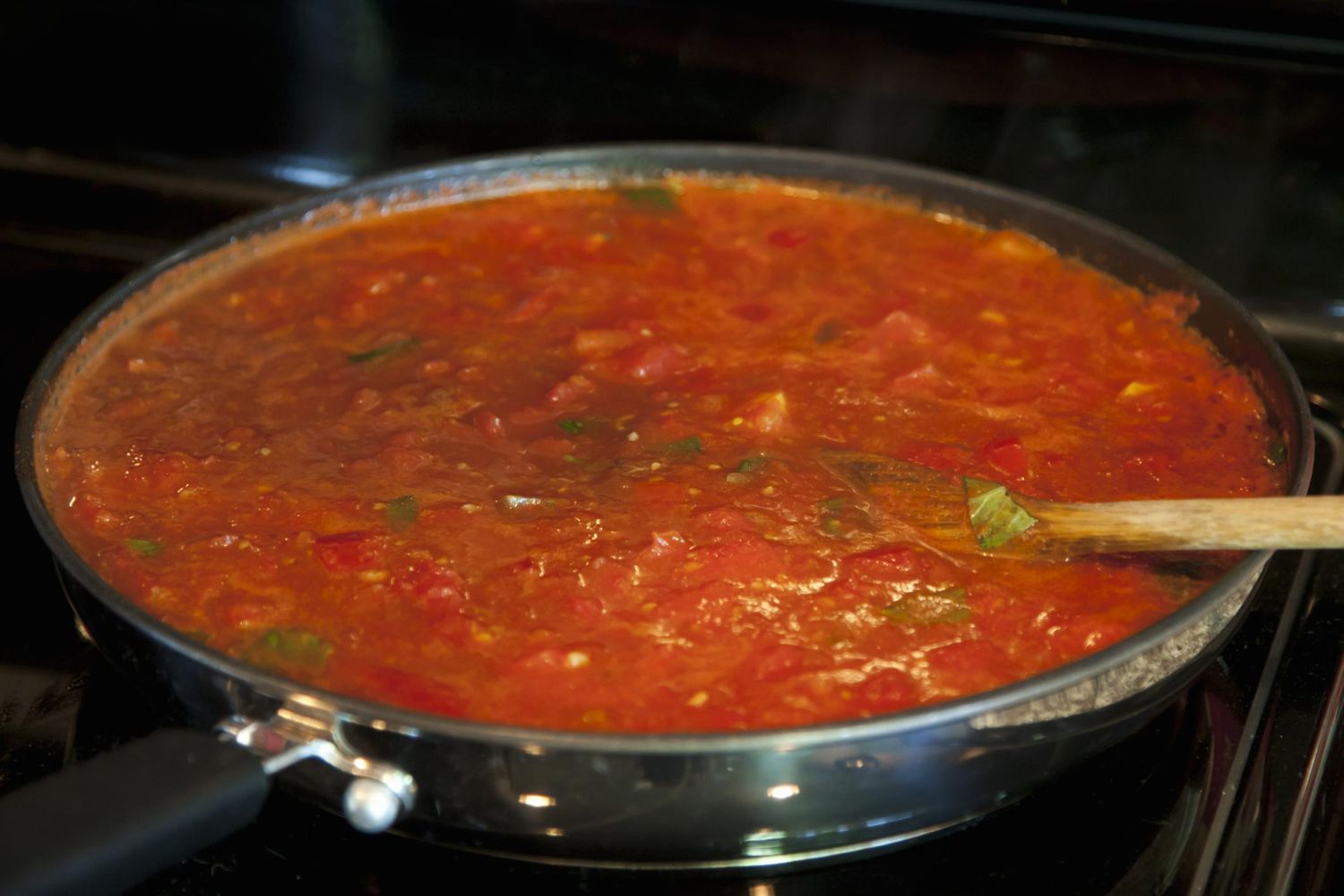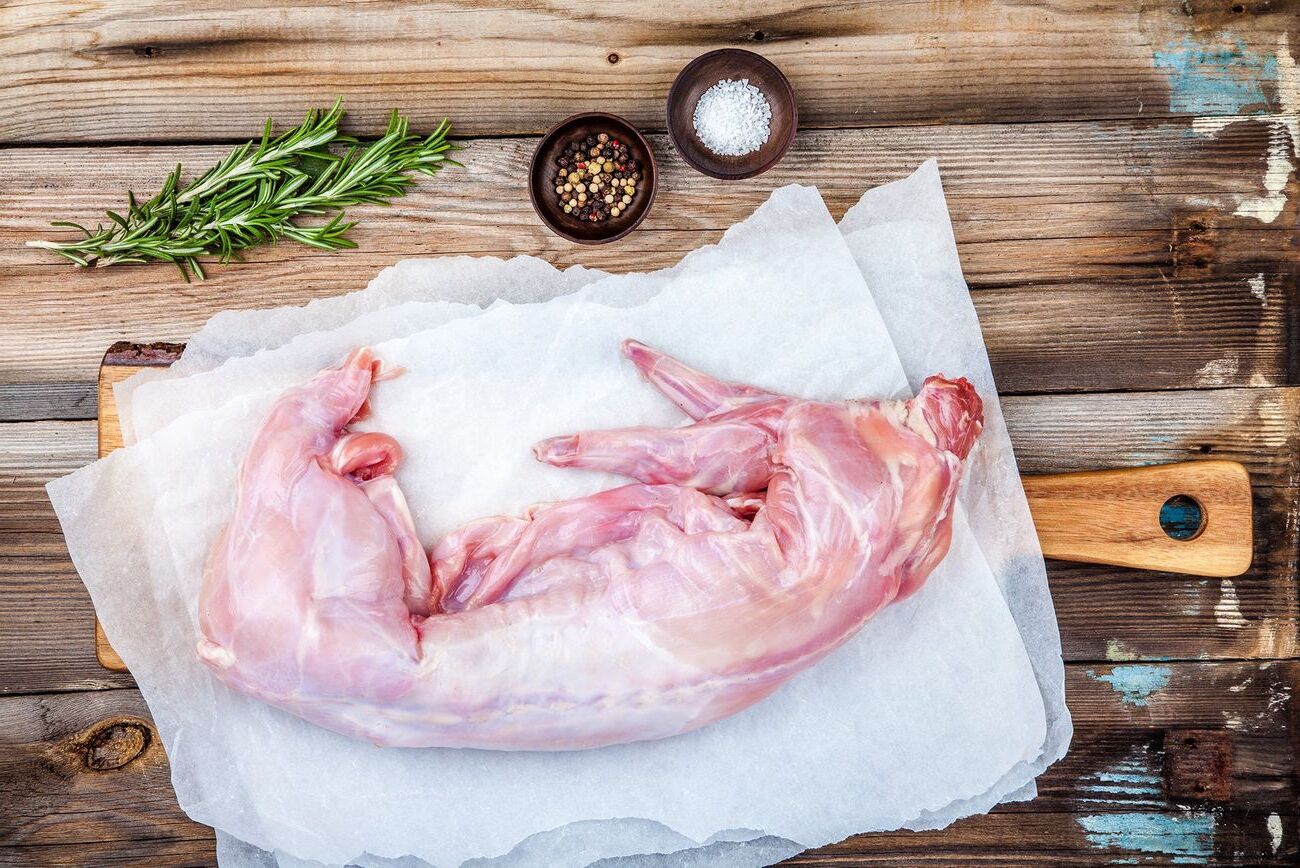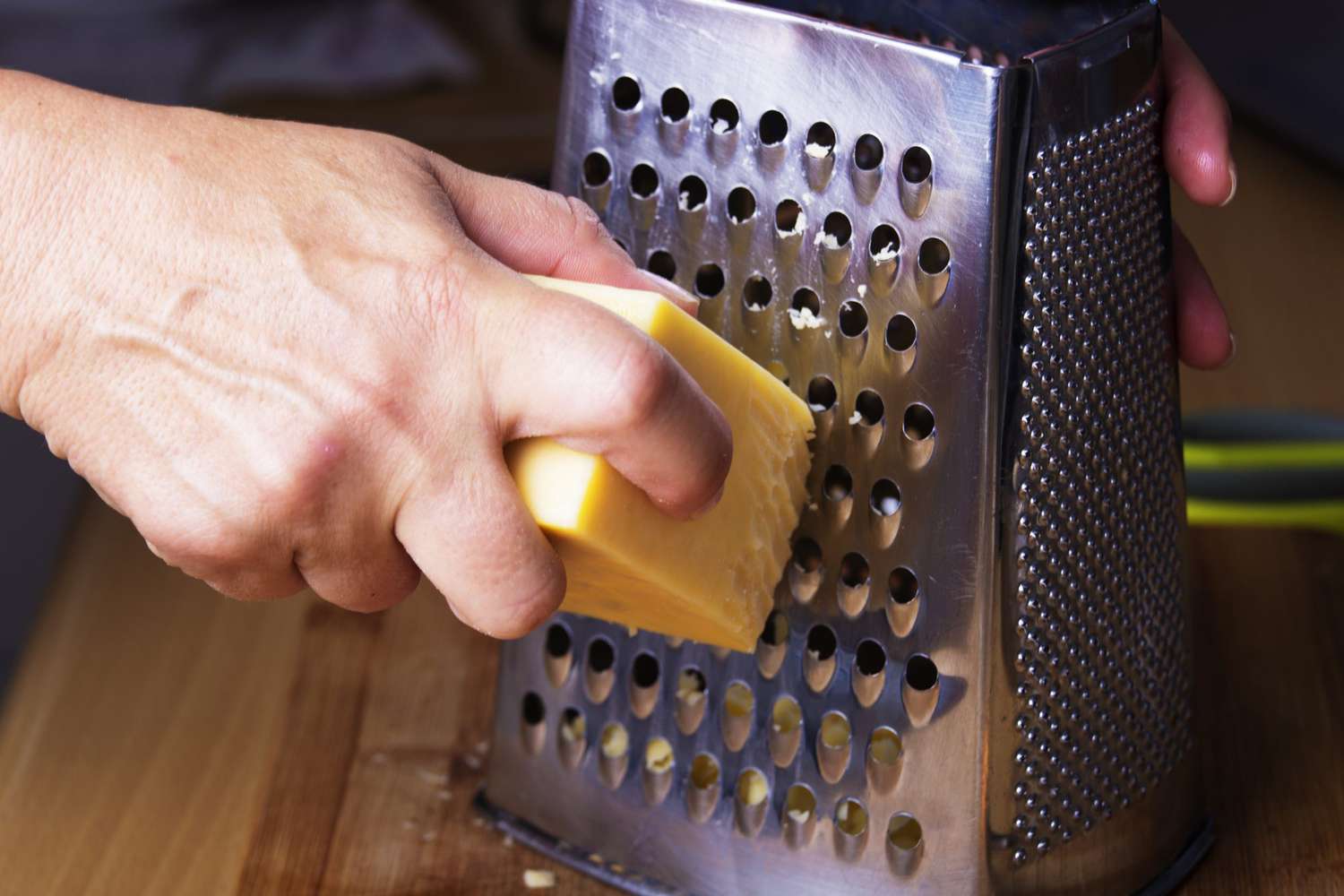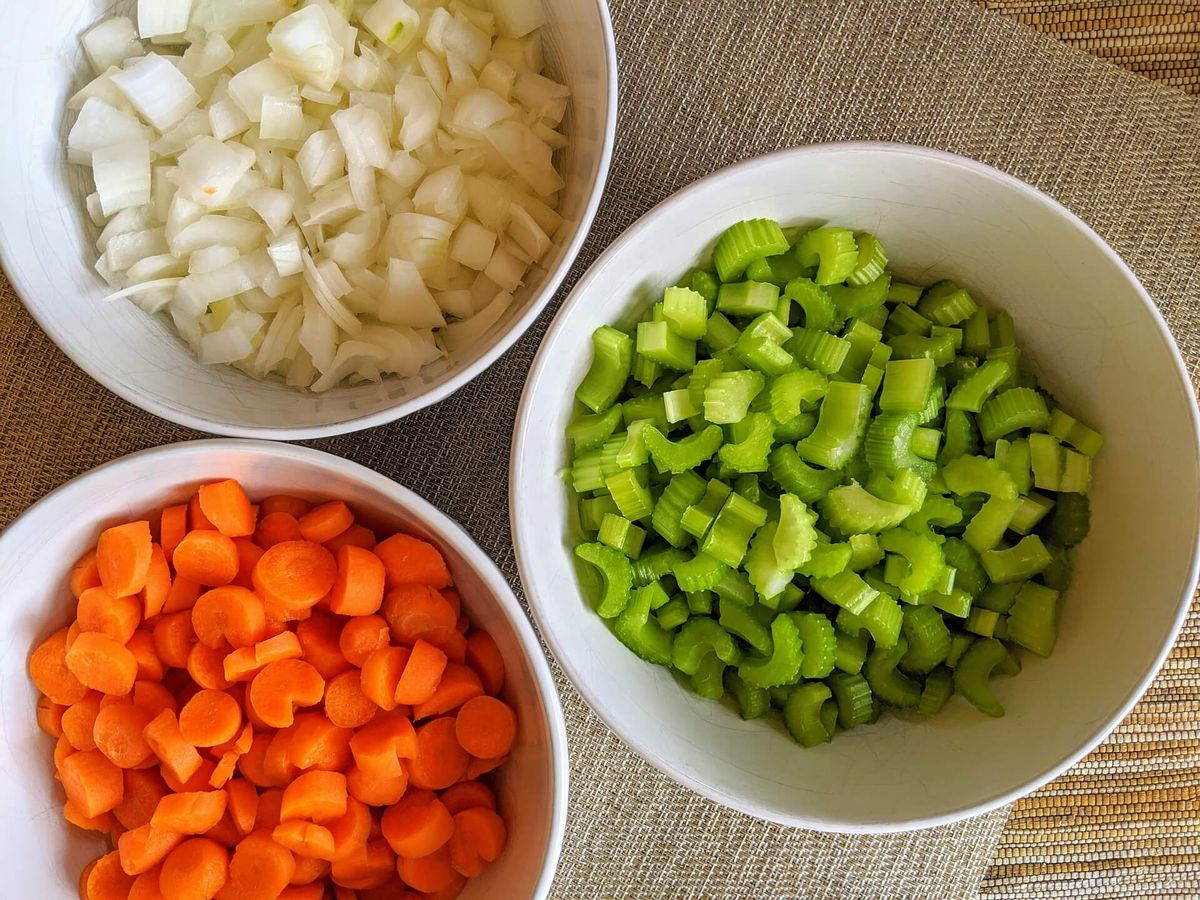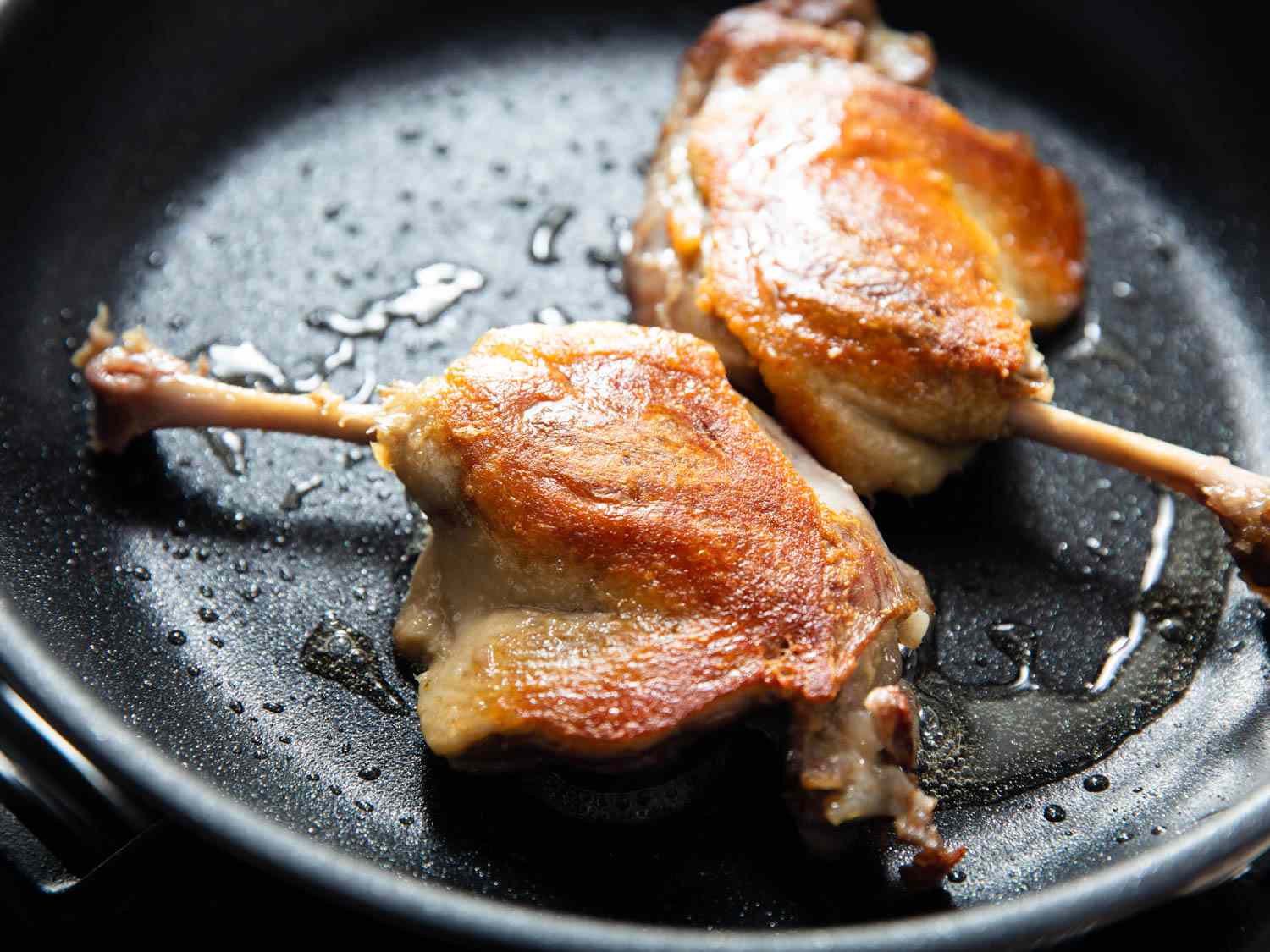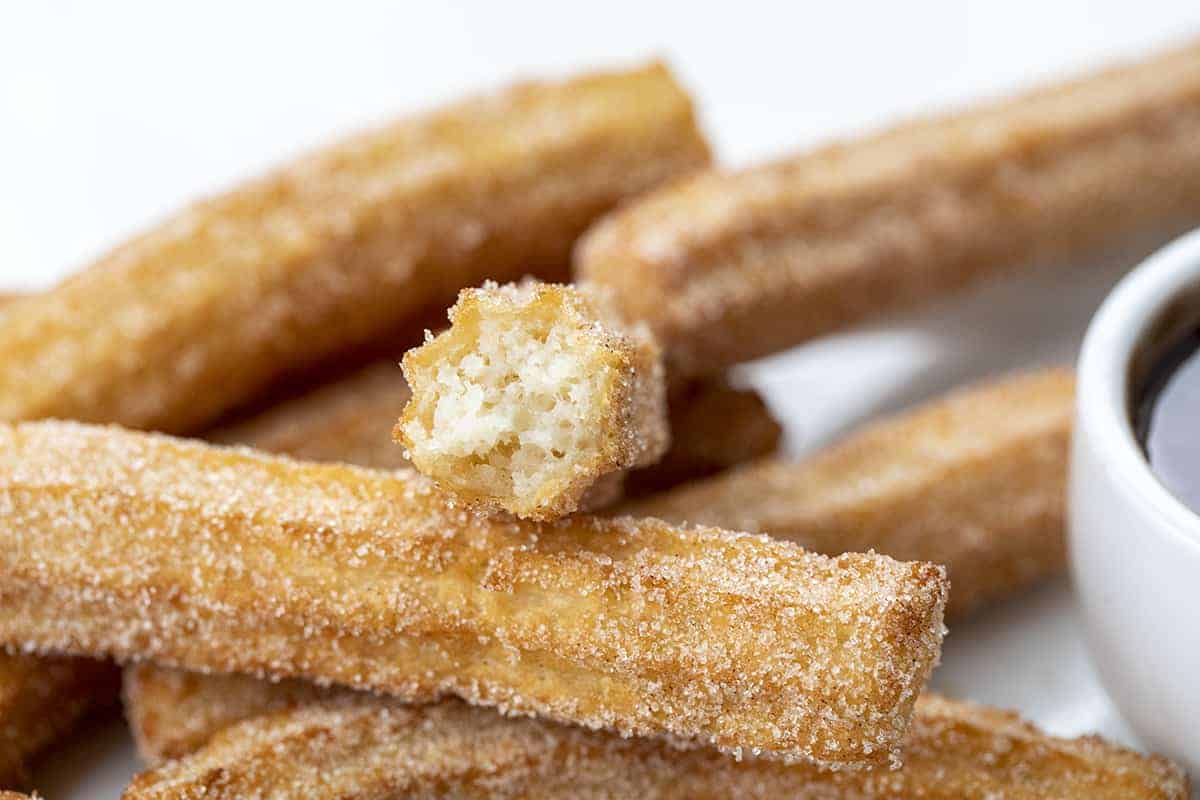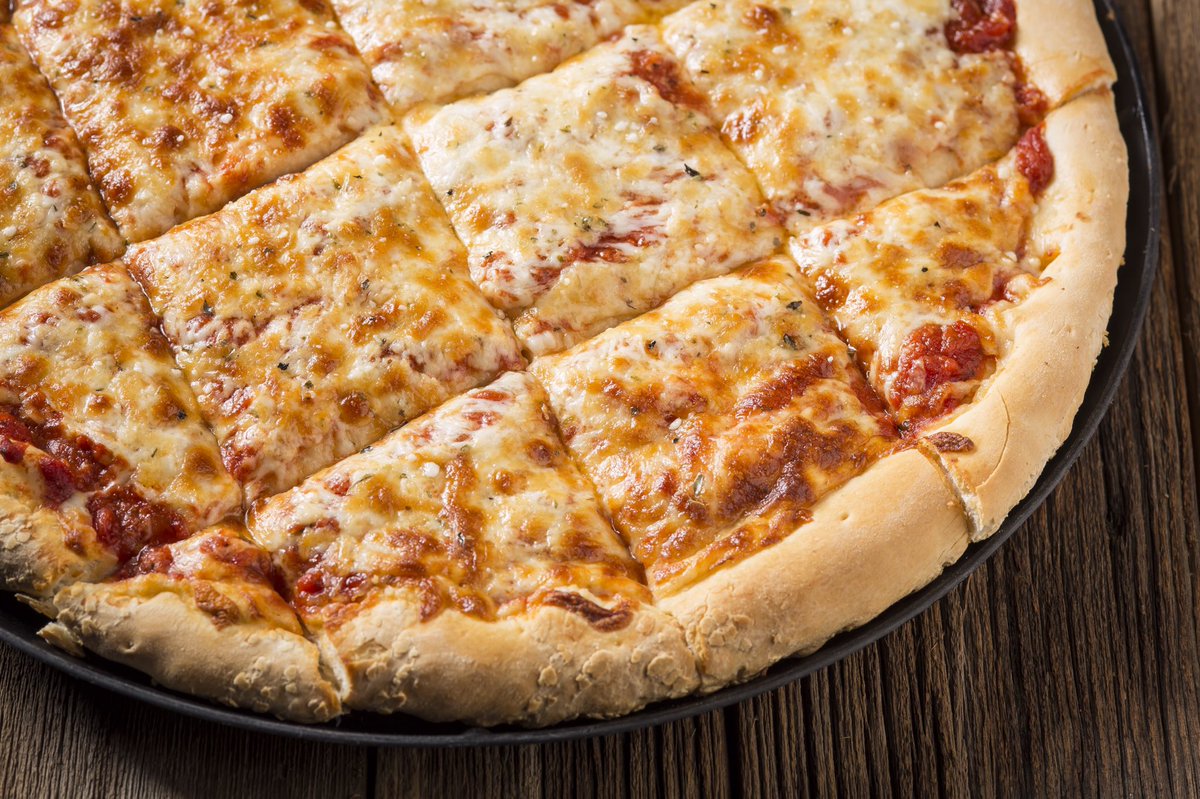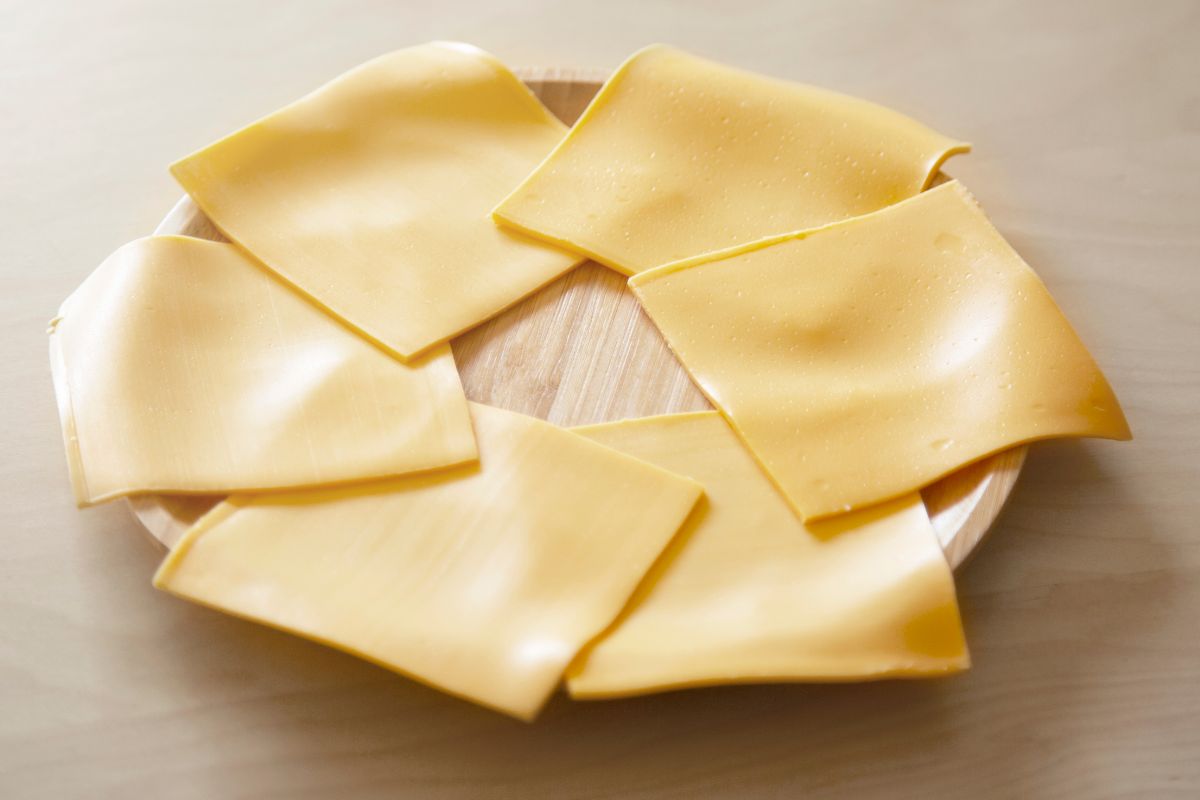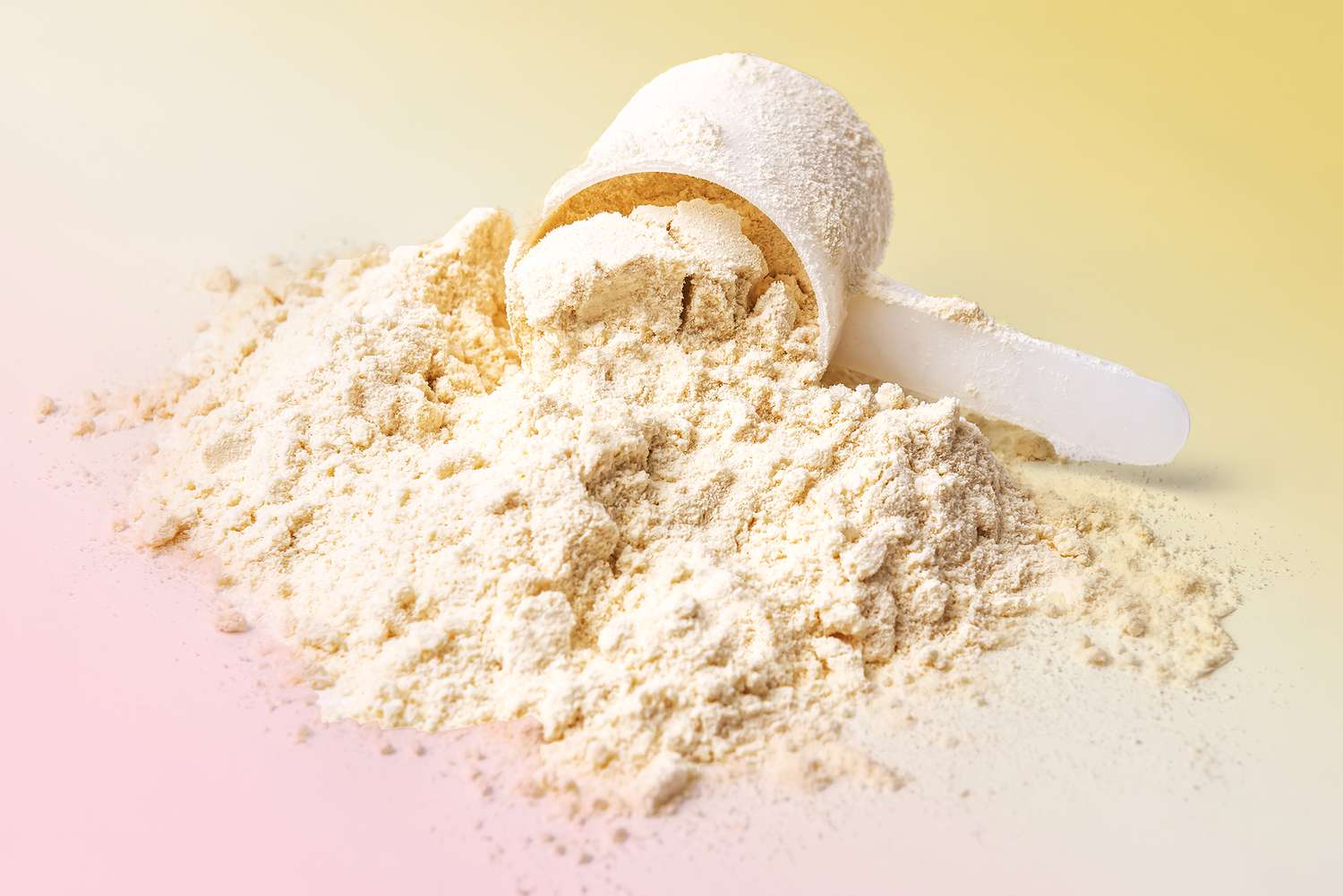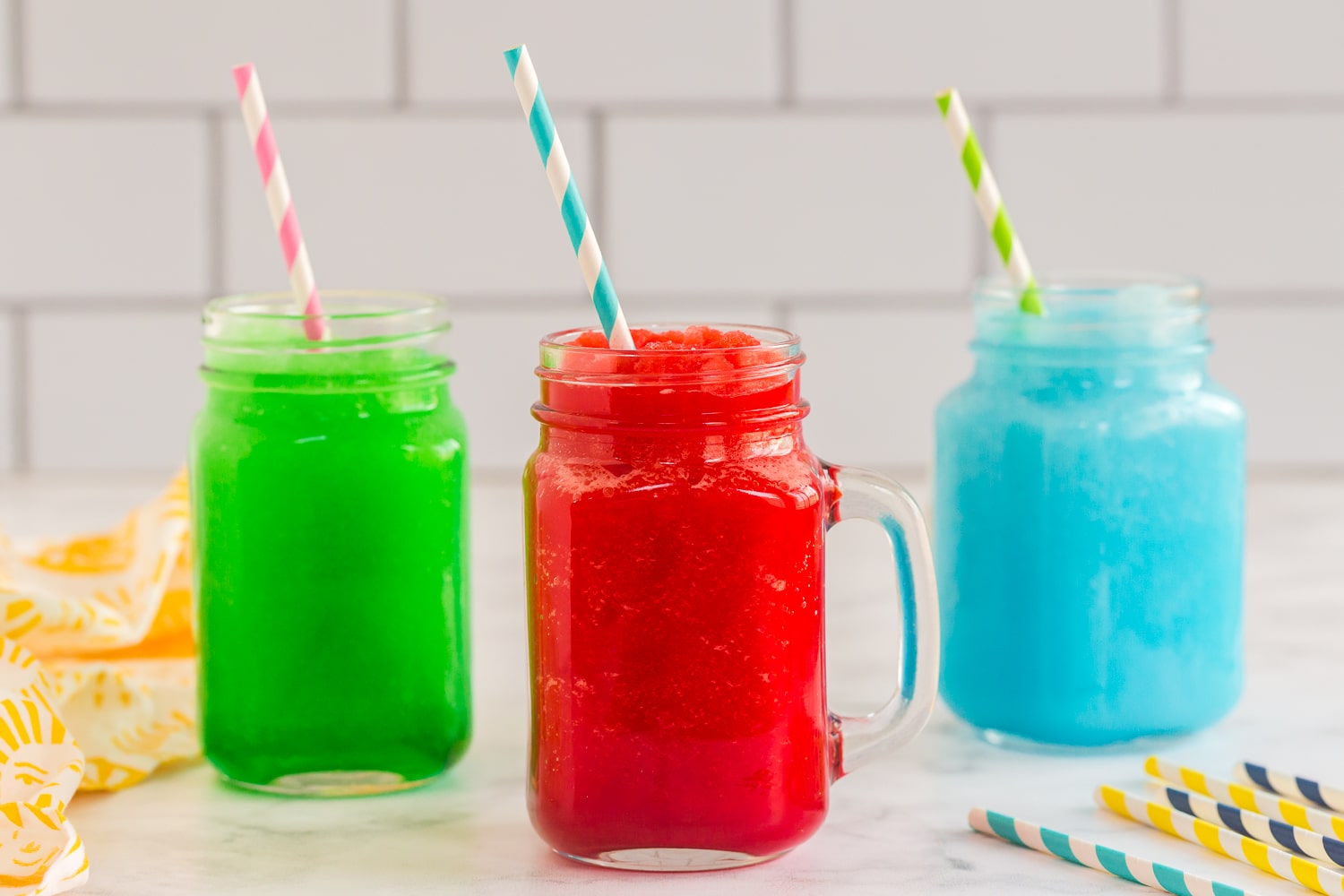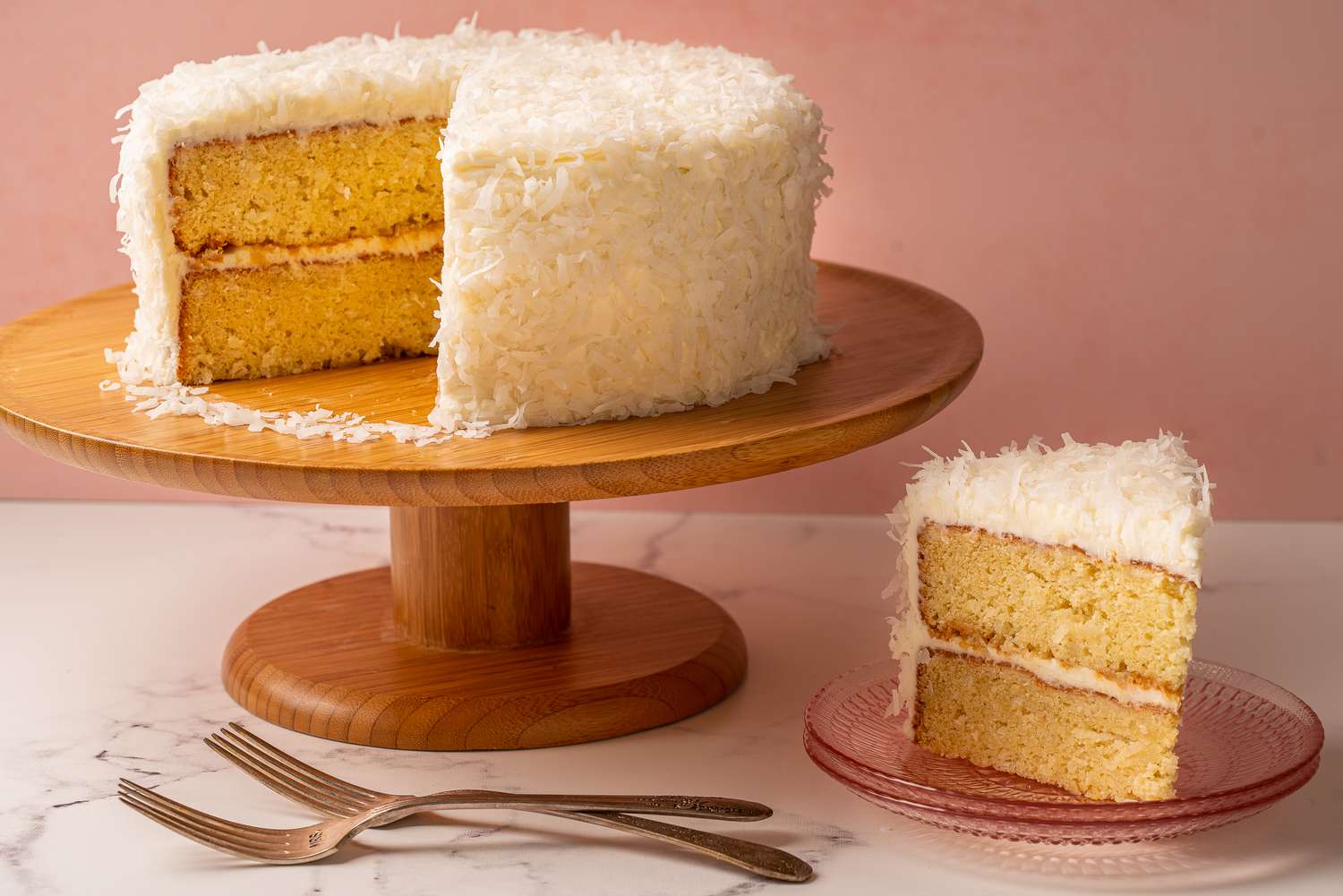Understanding Glazed Food: A Delicious Culinary Technique
When it comes to cooking, there are countless techniques and methods that can be used to create delicious and flavorful dishes. One such technique that has been used for centuries is glazing. Glazing is a cooking method that involves coating food with a sweet or savory glaze, which adds flavor, moisture, and a beautiful sheen to the dish. Let’s take a closer look at what glazed food is and how it is prepared.
What is Glazed Food?
Glazed food refers to any dish that has been coated with a glaze, which is typically a mixture of sugar, honey, syrup, or a savory sauce. The glaze is applied to the food either before or during the cooking process, and it caramelizes as it cooks, creating a shiny, flavorful coating on the exterior of the dish. This technique is commonly used in both sweet and savory dishes, adding depth and complexity to the flavors.
How is Glazed Food Prepared?
There are several methods for preparing glazed food, depending on the type of dish being cooked. Here are some common techniques for preparing glazed food:
- Basting: When roasting meats or vegetables, a glaze can be brushed or spooned over the food at regular intervals during the cooking process. This allows the glaze to caramelize and create a delicious coating on the surface of the dish.
- Marinating: Some recipes call for marinating the food in a glaze before cooking. This allows the flavors of the glaze to penetrate the food, infusing it with sweetness and creating a delicious caramelized exterior when cooked.
- Drizzling: For desserts and pastries, a glaze can be drizzled over the finished dish to add sweetness and a glossy finish. This is commonly done with donuts, pastries, and cakes.
Types of Glazes
There are countless variations of glazes that can be used to create different flavor profiles and textures. Some common types of glazes include:
- Sweet Glazes: These are typically made with sugar, honey, maple syrup, or fruit preserves. They add sweetness and a glossy finish to dishes, and are commonly used in desserts and pastries.
- Savory Glazes: Savory glazes are often made with soy sauce, balsamic vinegar, mustard, or other savory ingredients. They add depth of flavor and a beautiful sheen to meats, vegetables, and seafood.
- Fruit Glazes: Made with fruit juices or purees, fruit glazes add a burst of fruity flavor and a vibrant color to dishes. They are often used in both sweet and savory recipes.
Benefits of Glazing
Glazing offers several benefits when it comes to cooking and flavoring food. Some of the key advantages of using glazes in cooking include:
- Flavor Enhancement: Glazes add depth and complexity to the flavor of dishes, making them more interesting and enjoyable to eat.
- Moisture Retention: The glaze helps to seal in moisture, preventing the food from drying out during the cooking process.
- Visual Appeal: Glazed food has a beautiful, glossy appearance that is visually appealing and appetizing.
- Customization: With so many variations of glazes available, it’s easy to customize the flavor and appearance of dishes to suit individual preferences.
In Conclusion
Glazing is a versatile and delicious cooking technique that can be used to enhance the flavor, moisture, and visual appeal of a wide variety of dishes. Whether you’re cooking a sweet dessert or a savory main course, adding a glaze can take your culinary creations to the next level. Experiment with different glazes and cooking methods to discover new and exciting flavor combinations, and enjoy the delicious results!
Was this page helpful?
Read Next: What Is A Croqueta Cubana
